SOURCE: IDRW.ORG


The Indian Army is mulling a significant increase in its initial requirements for the Stryker combat vehicle. Talks are currently underway with the potential manufacturer to develop an army-specific variant of this 8-wheeled armored personnel carrier, with a Technology Transfer (ToT) agreement for indigenous production in India.
Initial discussions centered around procuring 350 Stryker vehicles. However, the Indian Army is now considering doubling this number to 530 units. This substantial increase reflects the army’s growing interest in the Stryker’s capabilities and its potential to equip 10 battalions.
Continue readingSOURCE: RAUNAK KUNDE / NEWS BEAT / IDRW.ORG
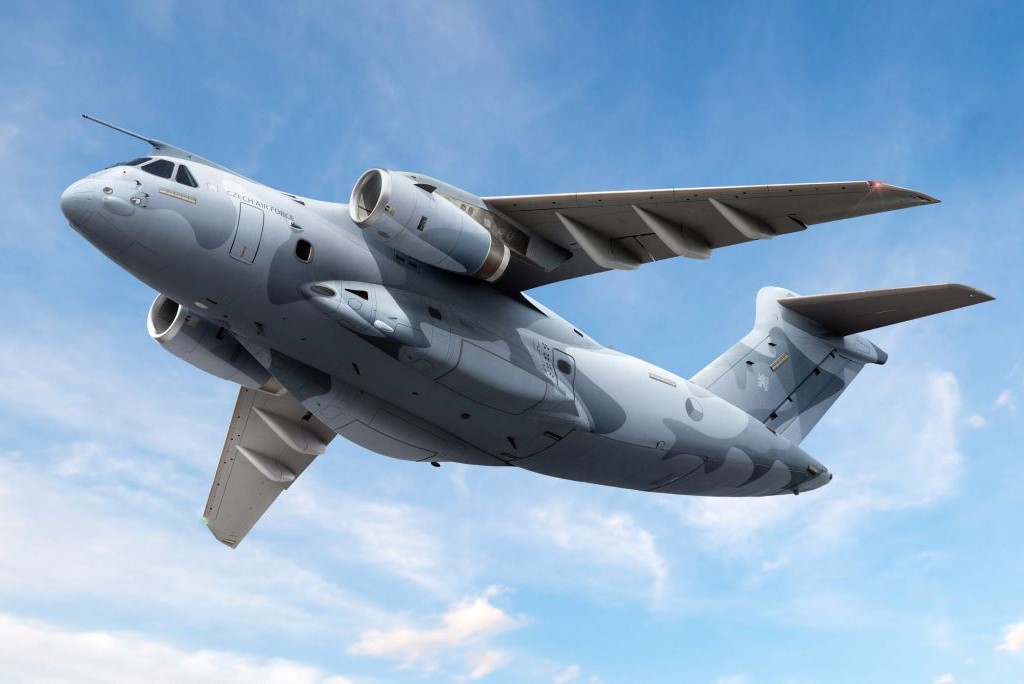

Embraer has cast aside plans for an immediate expansion of the C-390 military transport aircraft. Their focus remains on maximizing the capabilities of the current design to meet operational needs. This decision comes as Embraer actively pitches the C-390 to the Indian Air Force (IAF) for their medium transport aircraft requirement.
The C-390 boasts a 26-tonne concentrated load capacity and a 23-tonne distributed load capacity, along with impressive airdrop performance. These specifications fall squarely within the IAF’s 18-30 tonne requisition. To further solidify their bid, Embraer has partnered with Mahindra in India for potential local production of the C-390.
Continue readingSOURCE: RAUNAK KUNDE / NEWS BEAT / IDRW.ORG
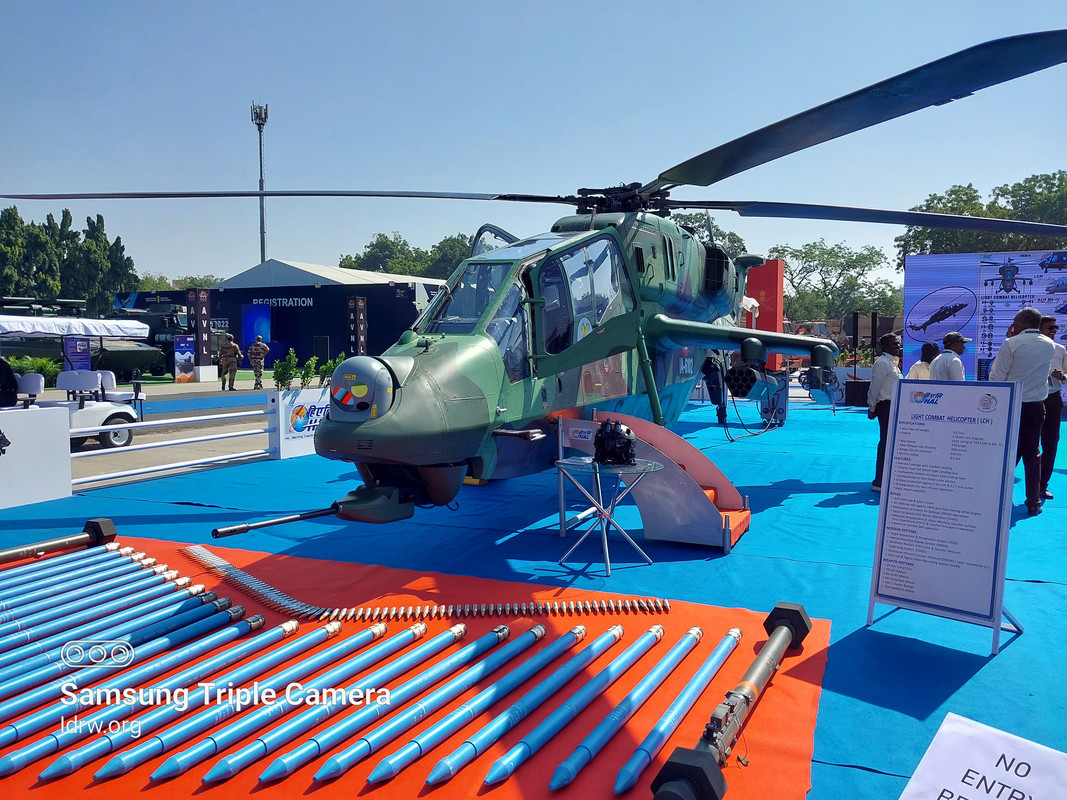

Hindustan Aeronautics Limited (HAL) is buzzing with activity after receiving a Request for Proposal (RFP) from the Indian Ministry of Defence (MoD) for a staggering 156 LCH Prachand light attack helicopters. But HAL isn’t resting on its laurels. They’ve already begun looking ahead, tweaking the LCH platform for potential future technologies, even if the armed forces haven’t explicitly requested them yet.
Drawing lessons from the recent Ukraine conflict, HAL anticipates a growing demand for integrating Unmanned Aerial Vehicles (UAVs) with attack helicopters. This would likely involve large display screens and helmet-mounted displays for enhanced situational awareness. HAL is proactively preparing the LCH for this integration, confident that such a request from the Indian armed forces is on the horizon.
Continue readingSOURCE: RAUNAK KUNDE / NEWS BEAT / IDRW.ORG


The Indian Army is set for a significant boost in its firepower with the Ministry of Defence (MoD) expected to approve the procurement of nearly 2,000 155mm terminally guided munitions (TGMs) later this year. This move marks a major stride towards self-reliance in critical defence technology.
Last year, the Army took a crucial step by issuing Project Sanction Orders (PSOs) to five domestic companies under the Make-II procurement scheme. These companies – Munitions India Ltd (MIL), Adani Defence Systems and Technologies Ltd (ADSTL), Bharat Forge Ltd, Economic Explosives Ltd, and Premier Explosives Ltd – were tasked with developing prototypes of 155mm TGMs.
Continue readingSOURCE: IDRW.ORG


Former Air Chief Marshal Fali H. Major (Retd.), the only helicopter pilot to ever lead the Indian Air Force, has expressed his strong support for the government’s decision to procure a large number of attack helicopters. This historic deal, valued at approximately ?50,000 crore, marks the biggest single helicopter order ever placed by an Indian company and represents a significant boost to the country’s defense sector.
In a media interaction, Air Chief Marshal Major welcomed the news but emphasized the importance of gradually increasing indigenous content in the helicopters. He highlighted that while the current 45% domestic content is a positive step, it should be progressively raised to “respectable levels.” This, according to Major, would ensure an “80% availability rate” for the helicopters, maximizing their operational efficiency for the armed forces.
Continue readingSOURCE: IDRW.ORG
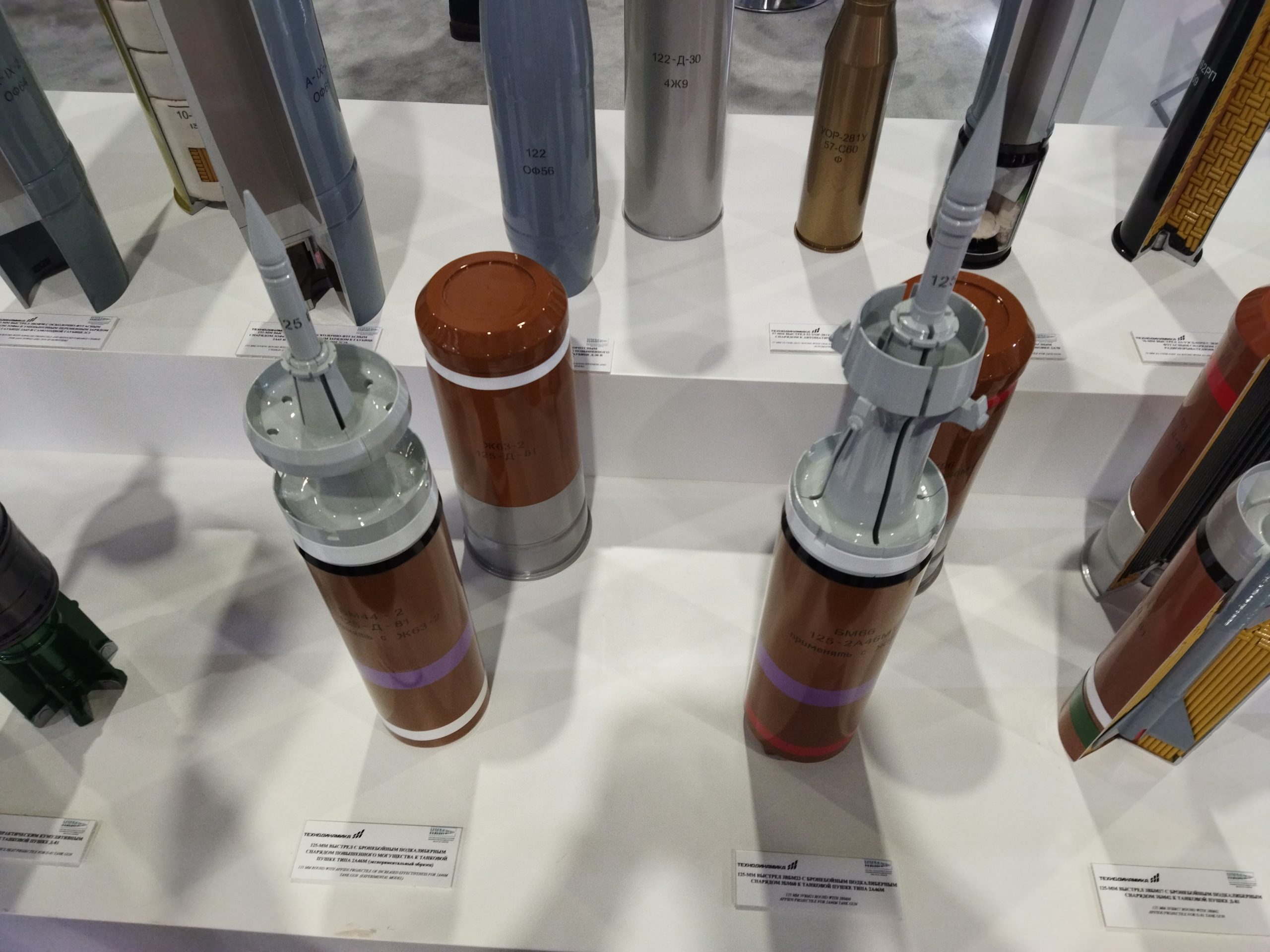

Rosoboronexport/Rostec, a prominent Russian defense exporter, has collaborated with an Indian company to establish the manufacturing of the 3VBM17 Mango Armor-Piercing Fin-Stabilized Discarding Sabot (APFSDS) rounds within India. This initiative aligns perfectly with India’s “Make in India” program, promoting self-reliance in critical defense equipment.
The 3VBM17 Mango APFSDS rounds are designed to penetrate and defeat armored vehicles equipped with composite armor. These advanced rounds are crucial for modern armored warfare, providing superior performance against heavily protected targets. The locally manufactured Mango rounds will equip Indian tanks with enhanced firepower, ensuring they can effectively engage and neutralize contemporary armored threats.
Continue readingSOURCE: RAUNAK KUNDE / NEWS BEAT / IDRW.ORG


In a significant stride towards bolstering defence cooperation, India’s National Security Advisor (NSA) Ajit Doval and his US counterpart, Jake Sullivan, convened for the second meeting under the Initiative on Critical and Emerging Technologies (iCET). The discussions focused on co-production, co-development, and research and development (R&D), underscoring the deepening strategic partnership between the two nations.
A key highlight of the meeting was the reiterated offer from the United States to jointly develop a new engine for India’s Advanced Medium Combat Aircraft (AMCA) 5th generation program. This proposal aims to rejuvenate discussions that had previously stalled due to high Transfer of Technology (ToT) levels demanded by India’s Defence Research and Development Organisation (DRDO).
Continue readingSOURCE: RAUNAK KUNDE / NEWS BEAT / IDRW.ORG

Armenia has reportedly approached India to inquire about acquiring theatre quasi-ballistic missiles, a move likely prompted by Azerbaijan’s recent use of the Israeli-made LORA system. The LORA, boasting a range of 400km, emerged as a concern for Armenia during the 2020 Nagorno-Karabakh conflict. Azerbaijan’s deployment in the war’s final days, particularly against the Lachin corridor bridge, highlighted the potential threat it poses.
At Aero India 2023, a Memorandum of Understanding (MoU) was signed between Bharat Electronics and IAI for potential LORA production in India. However, this licensing agreement is likely still in its early stages.
Continue readingSOURCE: RAUNAK KUNDE / NEWS BEAT / IDRW.ORG
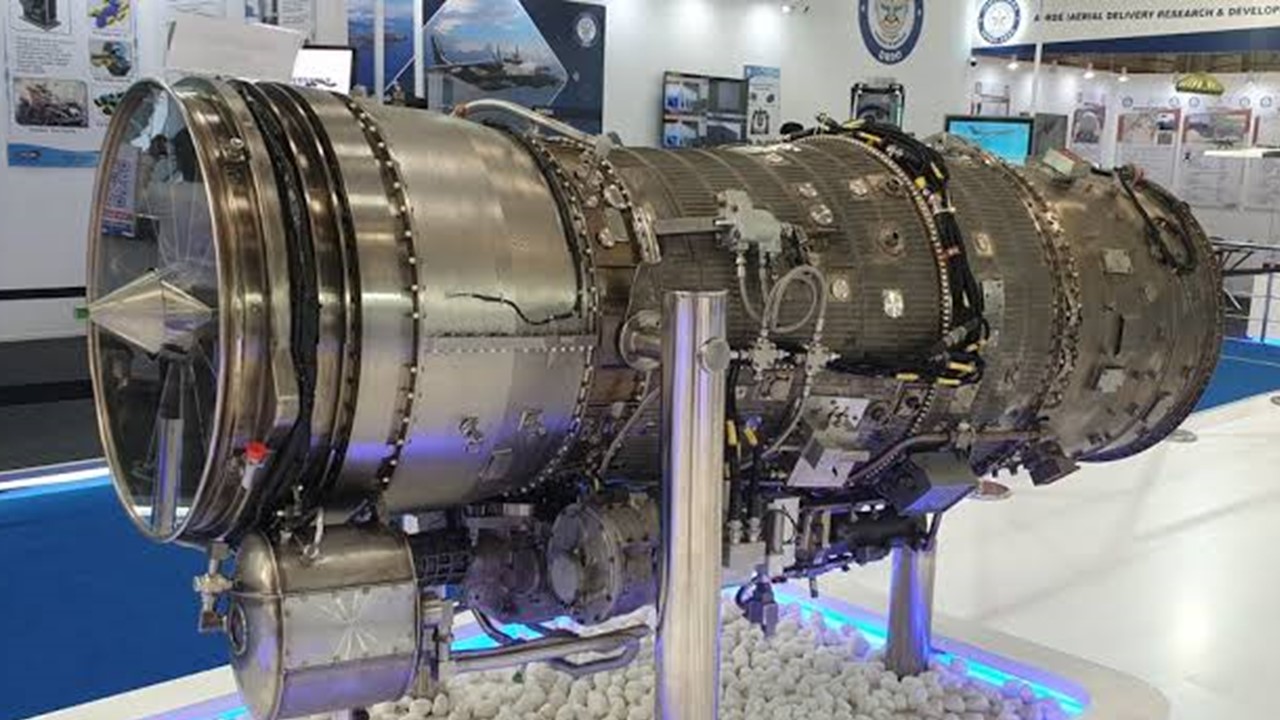

The Gas Turbine Research Establishment (GTRE) has expressed confidence that the Dry Kaveri engine, once proven on the Light Combat Aircraft (LCA) Tejas Mk1 Trainer, will pave the way for the development of the more advanced Kaveri 2.0 engine. This progress is crucial for securing additional funding for further research and development.
The current Dry Kaveri engine, equipped with an afterburner, is capable of generating 46kN of thrust in dry configuration and 73kN with an afterburner (wet thrust). Despite these impressive figures, this level of thrust is insufficient to power the Tejas Mk1A or MkII platforms effectively. However, the successful deployment and performance of this engine on the Tejas Mk1 Trainer will demonstrate GTRE’s capabilities and build a strong case for additional investment.
Continue readingSOURCE: IDRW.ORG


The Indian Navy’s Kolkata-class destroyers are renowned for their formidable firepower. However, a closer look reveals a lighter-than-expected surface-to-air missile (SAM) count compared to some global counterparts of similar size. While the Navy has remained tight-lipped on the official reasoning behind this, discussions with Navy officials shed some light on the issue. Balancing cost and physical limitations appears to be the key factor.
Offensive systems like the BrahMos missiles, while incredibly powerful, are also large and expensive. This translates to a trade-off – fewer missiles for a higher upfront cost.
Continue readingSOURCE: IDRW.ORG


Indian state-owned companies participating in Eurosatory 2024, the international defense and security exhibition in Paris, reported strong interest in their 155mm artillery shells. This comes amidst a global shortage due to the ongoing war in Ukraine.
Yantra India Limited, a leading Indian defense manufacturer, showcased its range of 155mm artillery shells, including the ERFB (Extended Range Full Bore), HEER (High Explosive Extended Range), HE 77B (High Explosive), and HE 107 variants. These shells attracted significant attention from various countries.
Continue readingSOURCE: RAUNAK KUNDE / NEWS BEAT / IDRW.ORG


India’s ambitious Advanced Medium Combat Aircraft (AMCA) program is taking a significant step forward with the formation of a public-private sector consortium for its manufacturing. This innovative approach signifies a new chapter in Indian defense production.
The Ministry of Defence has already issued an Expression of Interest (EoI) to gauge industry interest, receiving a positive response with three proposals. The AMCA program will be executed through a special purpose vehicle (SPV) model, integrating private players into the process. This public-private partnership marks a first for India, with the private sector holding a majority stake in the SPV. This consortium will be responsible for assembling and maintaining the AMCA jet once it enters production, expected around 2032-2033.
Continue readingSOURCE: RAUNAK KUNDE / NEWS BEAT / IDRW.ORG


India’s state-owned aerospace giant, Hindustan Aeronautics Limited (HAL), has proposed developing unmanned aerial vehicle (UAV) variants of its successful Dhruv and Light Utility Helicopter (LUH) platforms. This initiative aims to provide the Indian Army and Air Force with dedicated unmanned platforms for reconnaissance and cargo missions, allowing the manned versions to focus on high-value tasks.
Equipping the armed forces with unmanned Dhruv and LUH variants would offer several advantages. By delegating reconnaissance and cargo missions to these UAVs, the manned helicopters can be reserved for critical operations demanding human intervention and decision-making, such as combat search and rescue or close-air support.
Continue readingSOURCE: RAUNAK KUNDE / NEWS BEAT / IDRW.ORG
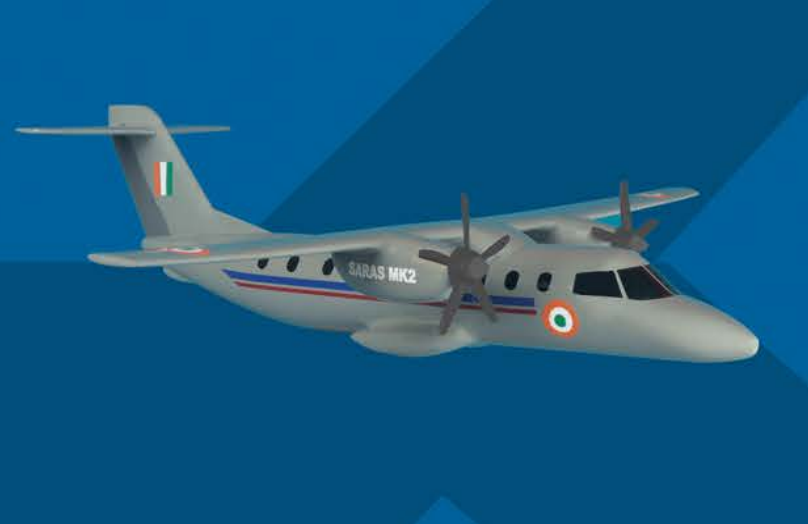

The National Aerospace Laboratories (NAL), a premier research institute under CSIR (Council of Scientific and Industrial Research), is seeking a highly qualified Specialist Consultant to support the development of the SARAS Mk2 multirole Light Transport Aircraft. This is a significant opportunity for an experienced aerospace professional to contribute to a nationally important project.
The SARAS Mk2 project holds immense significance for India’s civil aviation sector. This multirole light transport aircraft promises to enhance domestic air connectivity and cater to diverse operational needs.
Continue readingSOURCE: IDRW.ORG
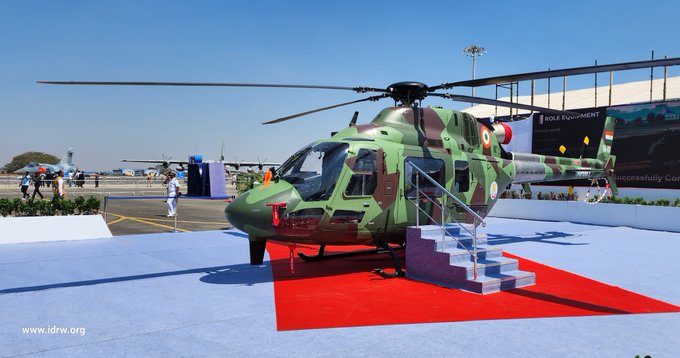

Hindustan Aeronautics Limited (HAL) is riding high after receiving a Request for Proposal (RFP) from the Ministry of Defence for 156 indigenously built Light Combat Helicopters (LCH), a deal estimated at ?45,000 crore. But their sights are set even higher, as they anticipate an upcoming RFP for their Light Utility Helicopter (LUH) as well.
The LUH, a highly agile new-generation helicopter in the 3-tonne class, has garnered significant interest from the Indian Armed Forces (Army, Navy, and Air Force). These services are looking to replace their ageing fleet of Chetak and Cheetah helicopters with the domestically produced LUH.
Continue reading